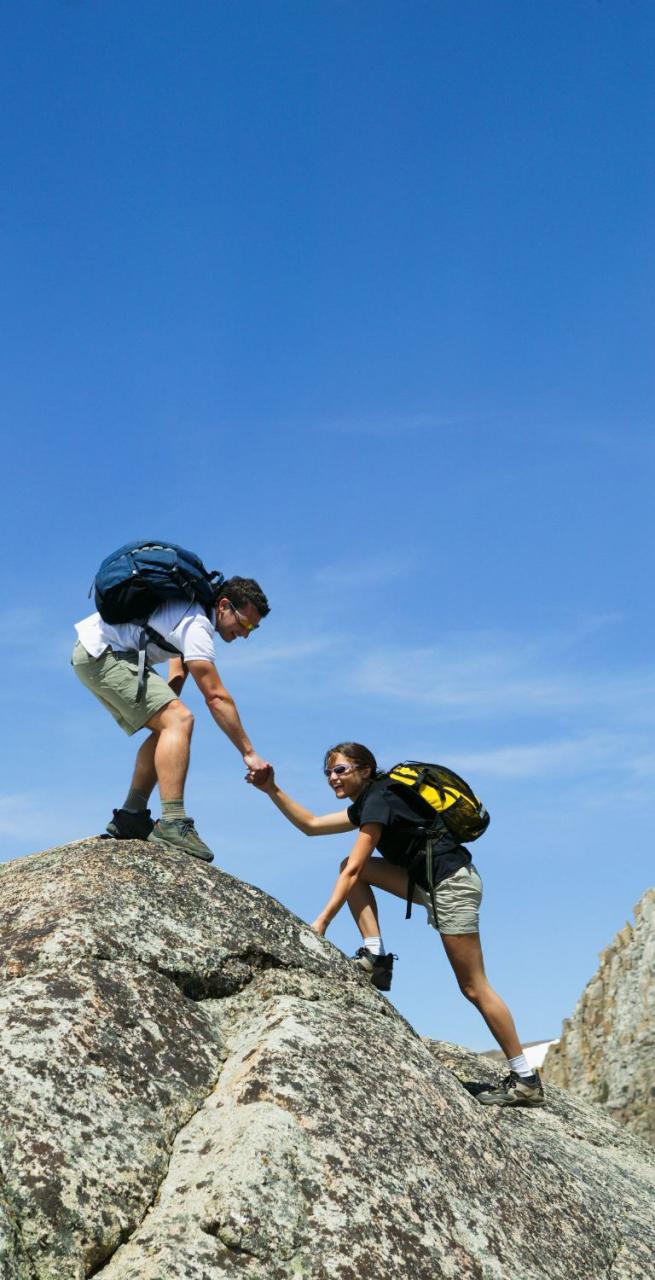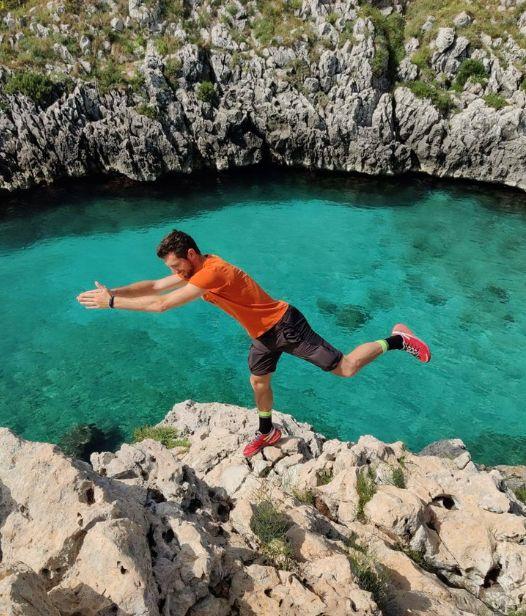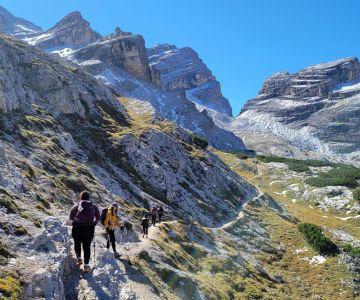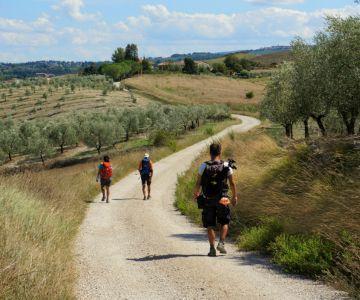



To help you select the right itinerary for you, we have created a classification system applicable to all our trips. There are four levels of difficulty assigned to each itinerary to assist you in understanding the kind of training and experience you need to enjoy it without (too much – we still want you to have a bit of a fun challenge!) effort.
To maintain the classification as objective as possible, we base it on absolute criteria: the number of kilometers per day, altitude, and the predominant terrain type.
However, please bear in mind that many other factors contribute to defining the perceived difficulty of a journey and should be carefully considered when choosing the vacation that's most suitable for you.
Here are some of these factors:
Weather and Time of Year: High temperatures, fog, rain – weather conditions can easily influence a trip, making it more strenuous or enjoyable. While we can't control the weather, choosing the right month is crucial to avoid excessive weather-related issues during your holiday.
Backpack Weight: Carrying a backpack can significantly impact the perceived difficulty. Perhaps you're used to it, and the backpack doesn't bother you, but if you have back problems or aren't accustomed to carrying weights on your shoulders, choosing luggage transport is undoubtedly the best option to fully enjoy your vacation with ease.
Terrain: It's not just a choice between asphalt and dirt roads. Slippery, muddy, snowy, rocky, with exposed roots, steep, or with steps... in specific conditions, the terrain can considerably slow down your pace. It's important to take it into account.
Lack of Water Sources or Refreshments: Long distances without frequent water sources or refreshment stops require different preparation. You'll need to carry more water and supplies in your backpack, increasing its weight. It's essential to check the daily itinerary regularly to plan accordingly.
Lack of Trail Markers: Choosing an unmarked route means you need to pay a bit more attention to documentation – maps or our user-friendly app – and requires better navigation skills since you can't follow trail markers directly. We assist you in every way – our app is easy to use and works offline – but you might find yourself consulting it more often.
Ford Crossings: Some routes feature (small) fords, which may not be everyone's preference. You could have balance issues or prefer a completely dry journey!
Fitness Level: Extremely important – even absolute data like altitude and the number of kilometers don't inherently make a trip easy or difficult. They all need to be assessed based on your athletic preparation, the distances you're used to (or can become accustomed to) covering, your leg and knee strength, your breathing, and endurance.
1 snail: Easy This trip suits everyone, even those who have never done an active holiday before. You walk or ride few hours per day, the daily distances are never more than 2/4 hours of walking, with few or no climbs. Finding your way is easy, with no orientation skills required. If you exercise moderately at least once a week, you can do this.
2 snails: Moderate-Easy The right trip for someone who is moderately trained. The daily distances are longer, from 4 to 6 hours per day (20/25 km walking, 50 cycling). The elevation grows to up to 500 meters per dayThe self-guided trips minimum orientation skills as the paths are not always well marked or easy to find. If you go to the gym twice a week, run or bike, you won’t have problems.
3 snails: Moderate-challenging These trips suit people with a good fitness level, who have possibly some experience with long-distance travel. In some days you may walk or ride up to 7 hours (25-30 km walking, 70 cycling). The elevation is challenging, up to 1000 meters per day. Some self-guided trips require good orientation skills.
4 snails: Challenging You should consider taking part to one of these trips only if you are well trained and highly experienced. Some days can be really long (more than 30 km per day walking, more than 70 km per day cycling). The elevation is challenging (more than 1000 meters per day). Some self-guided trips require high orientation skills. NOTE: the difficulty grading for cycling trips refers to muscular bicycles. If you use a E-Bikes instead, all the tours can be considered easy or moderate-easy.



